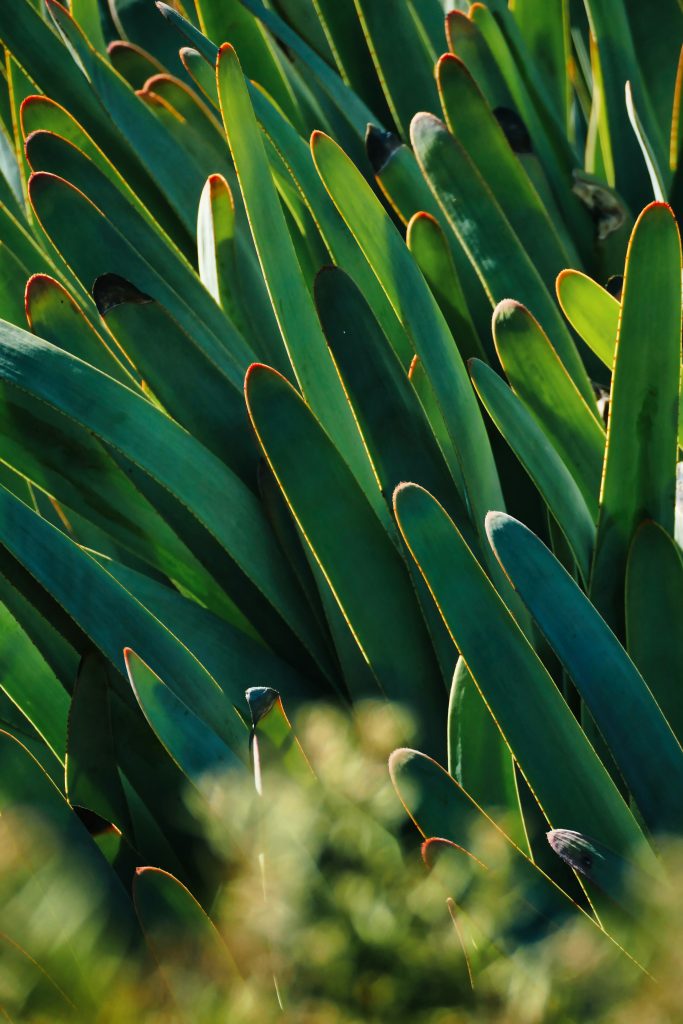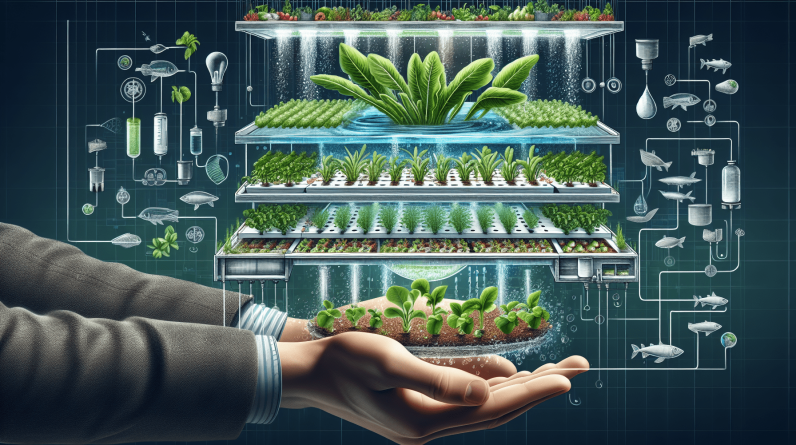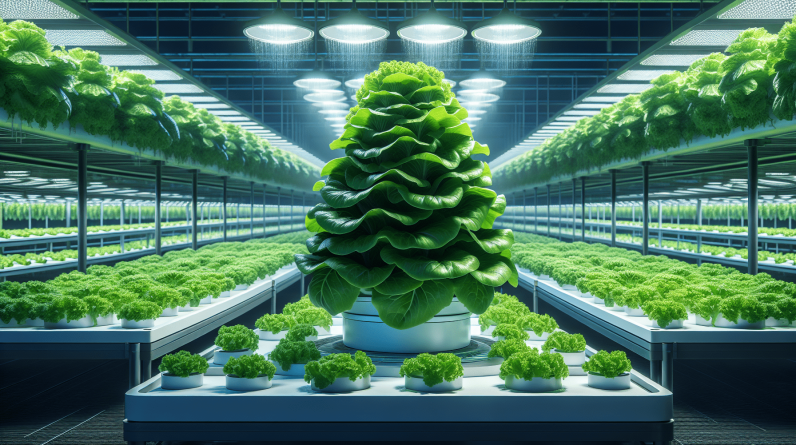
What Are the Top Hydroponic Techniques for Beginners?
If you’re just starting out in the world of hydroponics, you might be wondering about the best techniques to get you on your way to successfully growing plants without soil. Hydroponic gardening offers a wealth of benefits, but it can be a bit overwhelming for beginners. This article will break down the top hydroponic techniques to help you get started with confidence!
Understanding Hydroponics
Before delving into the different techniques, it’s essential to have a solid understanding of what hydroponics is all about. Hydroponics is a method of growing plants without soil, utilizing a nutrient-rich solution to deliver essential nutrients directly to the plants’ roots. This controlled environment allows for more efficient nutrient absorption and faster plant growth compared to traditional soil-based gardening.
Hydroponic systems come in various forms, ranging from simple setups like the Kratky method to more complex systems like deep water culture or nutrient film technique. Each technique has its unique advantages and challenges, making it crucial to select one that aligns with your gardening goals and experience level.

This image is property of images.unsplash.com.
Top Hydroponic Techniques for Beginners
As a beginner hydroponic gardener, selecting the right technique is key to your success. Here are some of the top hydroponic techniques that are ideal for beginners:
1. The Kratky Method
The Kratky method is one of the simplest hydroponic techniques, making it perfect for novice gardeners. This passive hydroponic system requires minimal effort and equipment, making it an excellent choice for those looking for a low-maintenance setup. With the Kratky method, plants are grown in containers filled with a nutrient solution that is not replaced throughout the growing cycle. This technique is ideal for growing leafy greens and herbs and is an excellent introduction to hydroponic gardening.
2. Deep Water Culture (DWC)
Deep Water Culture, or DWC, is another beginner-friendly hydroponic technique that is easy to set up and maintain. In a DWC system, plant roots are submerged in a nutrient solution with the help of an aerator to provide sufficient oxygen. This constant supply of nutrients and oxygen promotes rapid growth and high yields, making it a popular choice for beginners. DWC systems are commonly used for growing lettuce, spinach, and other fast-growing crops.
3. Nutrient Film Technique (NFT)
The Nutrient Film Technique (NFT) is a hydroponic system where a thin film of nutrient solution continuously flows over the plant roots, providing them with a constant supply of nutrients and water. NFT systems are highly efficient and require minimal growing media, making them ideal for small spaces. While NFT can be slightly more complex to set up compared to other techniques, it offers excellent control over nutrient delivery and is well-suited for growing plants like strawberries, herbs, and leafy greens.
4. Wick System
The wick system is one of the simplest hydroponic setups, making it an ideal choice for beginners. In this passive system, a wick delivers the nutrient solution from a reservoir to the plants’ roots through capillary action. While the wick system is easy to set up and requires minimal maintenance, it is best suited for growing small plants or herbs with low nutrient requirements. This low-cost system is perfect for beginners looking to dip their toes into hydroponic gardening.
5. Ebb and Flow (Flood and Drain)
The Ebb and Flow, or Flood and Drain, system is a versatile hydroponic technique that is suitable for beginners and experienced gardeners alike. In this setup, plants are periodically flooded with a nutrient solution and then allowed to drain, providing a balance of water and nutrients to the roots. Ebb and Flow systems are customizable and can be adapted to various plant sizes, making them ideal for growing a wide range of crops. This versatile system is excellent for beginners looking to experiment with different plant varieties in their hydroponic garden.
6. Aeroponics
Aeroponics is a high-tech hydroponic technique that suspends plant roots in the air and mists them with a nutrient solution. This continuous spray of nutrient-rich mist promotes rapid growth and allows for efficient nutrient absorption. While aeroponics can be more complex to set up and maintain, it offers excellent oxygenation to the roots and reduces water usage compared to other systems. Aeroponic systems are well-suited for growing a variety of plants, including leafy greens, herbs, and even strawberries.

This image is property of images.unsplash.com.
Choosing the Right Hydroponic Technique
When selecting a hydroponic technique as a beginner, there are several factors to consider, including your gardening goals, available space, budget, and level of experience. It’s essential to choose a system that aligns with your needs and capabilities to ensure a successful gardening experience. Start small and gradually expand as you gain more expertise and confidence in hydroponic gardening.
Remember, there is no one-size-fits-all approach to hydroponics, and experimenting with different techniques is part of the learning process. Don’t be afraid to try new things and adjust your methods based on the needs of your plants. With dedication and patience, you’ll soon be on your way to growing fresh, healthy crops year-round using hydroponic techniques tailored to your preferences and gardening style.
Whether you opt for the simplicity of the Kratky method or the efficiency of an NFT system, each hydroponic technique offers a unique opportunity to explore the world of soil-less gardening and reap the benefits of growing plants in a controlled environment. Embrace the journey of learning and experimenting with hydroponics as you discover your favorite techniques and cultivate a thriving garden that yields bountiful harvests throughout the year. Happy growing!










